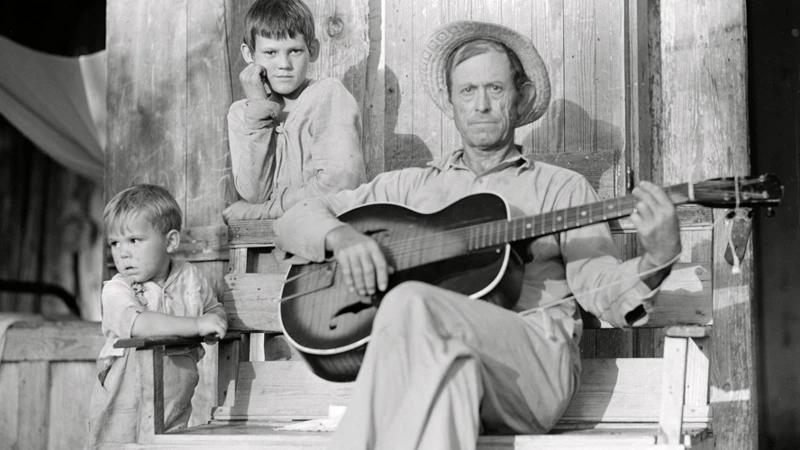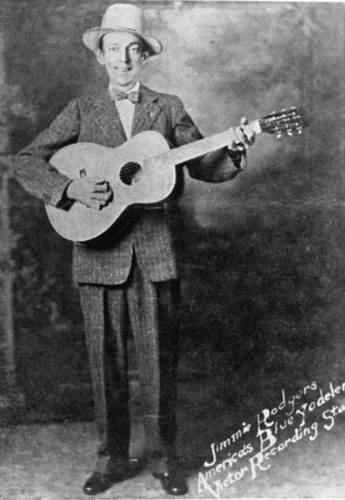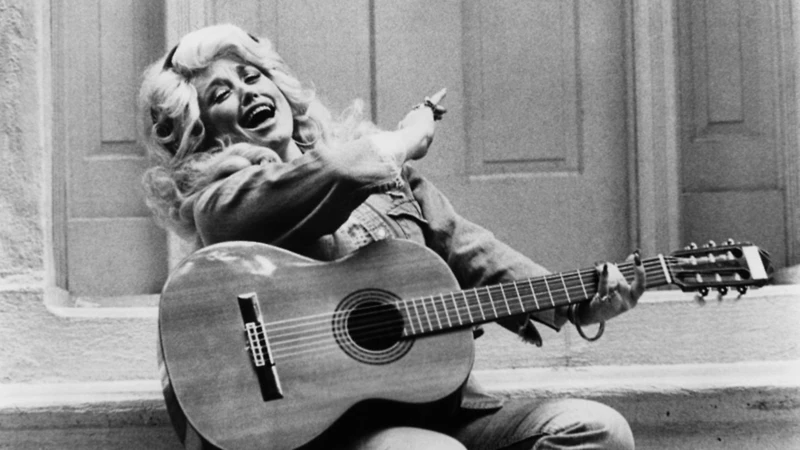Solo acoustic country music has a rich history that dates back to the early days of country music itself. This genre, characterized by its stripped-down and intimate nature, has a unique ability to convey raw emotion and storytelling through the simplicity of acoustic instruments and a single voice. In this blog post, we will explore the evolution and significance of solo acoustic country music throughout history, highlighting key artists, songs, and moments that have shaped this beloved genre.
Early Beginnings
The roots of solo acoustic country music can be traced back to the early 20th century, when rural musicians in the Southern United States began blending traditional folk music with elements of blues, gospel, and Appalachian ballads. These early pioneers, such as the Carter Family and Jimmie Rodgers, laid the foundation for what would later become known as country music.
The Carter Family
One of the most influential groups in the history of country music, the Carter Family consisted of A.P. Carter, his wife Sara, and his sister-in-law Maybelle. Known for their tight harmonies and heartfelt lyrics, the Carter Family’s songs often featured acoustic guitar and autoharp accompaniment, creating a sound that was both traditional and innovative.
Jimmie Rodgers
Often referred to as the “Father of Country Music,” Jimmie Rodgers was a pioneer of the solo acoustic country music style. With his distinctive yodeling vocals and intricate guitar picking, Rodgers became one of the first country music stars to achieve national fame. Songs like “Blue Yodel No. 1 (T for Texas)” and “In the Jailhouse Now” showcased Rodgers’ unique blend of country, blues, and folk influences.
The Golden Age of Country Music
The 1940s and 1950s are often referred to as the Golden Age of Country Music, a time when the genre experienced unprecedented popularity and commercial success. During this period, solo acoustic country music continued to thrive, with artists like Hank Williams, Patsy Cline, and Johnny Cash captivating audiences with their heartfelt performances.
Hank Williams
Hank Williams, often considered one of the greatest country music artists of all time, was known for his soulful vocals and poignant songwriting. With classics like “Your Cheatin’ Heart” and “I’m So Lonesome I Could Cry,” Williams captured the essence of heartache and longing through his stripped-down, acoustic performances.
Patsy Cline
Patsy Cline, with her powerful voice and emotive delivery, helped define the sound of solo acoustic country music in the 1950s. Songs like “Crazy” and “Walkin’ After Midnight” showcased Cline’s ability to convey deep emotion through her haunting vocals and simple acoustic arrangements.
Johnny Cash
Known as the “Man in Black,” Johnny Cash was a true icon of solo acoustic country music. With his deep, resonant voice and gritty storytelling, Cash’s songs explored themes of love, loss, and redemption. Hits like “I Walk the Line” and “Folsom Prison Blues” solidified Cash’s place as a legend in the world of country music.
Modern Revival
While the popularity of solo acoustic country music waned in the 1960s and 1970s with the rise of the Nashville Sound and country-pop crossovers, the genre experienced a revival in the late 20th century and continues to thrive in the modern era. Artists like Emmylou Harris, Gillian Welch, and Chris Stapleton have helped keep the tradition of solo acoustic country music alive, drawing inspiration from the genre’s rich history while putting their own unique spin on it.
Emmylou Harris
Emmylou Harris, with her angelic voice and eclectic musical style, has been a leading figure in the modern revival of solo acoustic country music. Known for her collaborations with artists like Gram Parsons and Dolly Parton, Harris has released a string of critically acclaimed albums that showcase her talent for interpreting classic country songs in a fresh, contemporary light.
Gillian Welch
Gillian Welch, along with her musical partner David Rawlings, has carved out a niche in the world of solo acoustic country music with their sparse, haunting soundscapes and timeless songwriting. Albums like “Revival” and “Time (The Revelator)” have earned Welch a dedicated following and critical acclaim for her ability to evoke the spirit of traditional country music while pushing the boundaries of the genre.
Chris Stapleton
Chris Stapleton burst onto the country music scene in the early 2010s with his powerhouse vocals and soulful songwriting. Drawing on influences from blues, rock, and traditional country music, Stapleton’s solo acoustic performances have earned him widespread acclaim and multiple Grammy Awards. Songs like “Tennessee Whiskey” and “Traveller” have solidified Stapleton’s reputation as a modern-day master of solo acoustic country music.
Future of Solo Acoustic Country
As we look to the future, it’s clear that solo acoustic country music will continue to evolve and thrive, thanks to the enduring appeal of its intimate and authentic sound. With a new generation of artists embracing the genre and pushing its boundaries, solo acoustic country music is poised to remain a vital and cherished part of the country music landscape for years to come.
Interested in the history of country music and its connection to guitars? Learn more about the evolution of the Telecaster in country music, the role of slide guitar, the significance of guitar straps, the development of guitar picks, and the overall evolution of country guitar in our articles on Telecaster in country music, slide guitar history, guitar straps in country music, guitar picks in country music, and country guitar evolution. Explore the rich heritage and innovations that have shaped solo acoustic country history!
Conclusion
Solo acoustic country music holds a special place in the hearts of music lovers around the world, thanks to its timeless melodies, heartfelt lyrics, and raw emotional power. From the early pioneers of the genre to the modern-day trailblazers carrying on the tradition, solo acoustic country music continues to captivate audiences and inspire new generations of musicians. As we celebrate the rich history and enduring legacy of solo acoustic country music, let us remember the power of a single voice and a simple acoustic guitar to convey the depth of the human experience.




